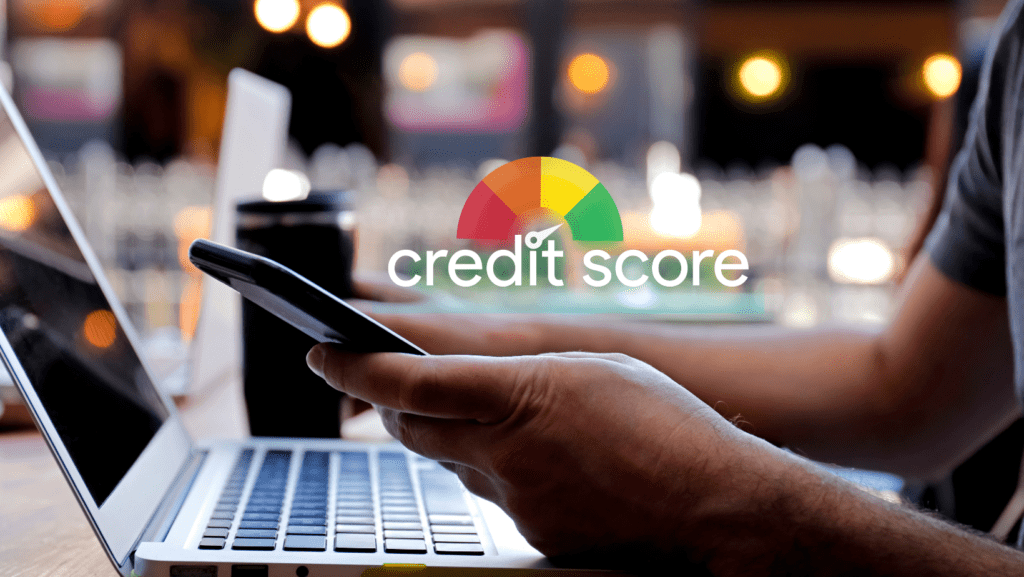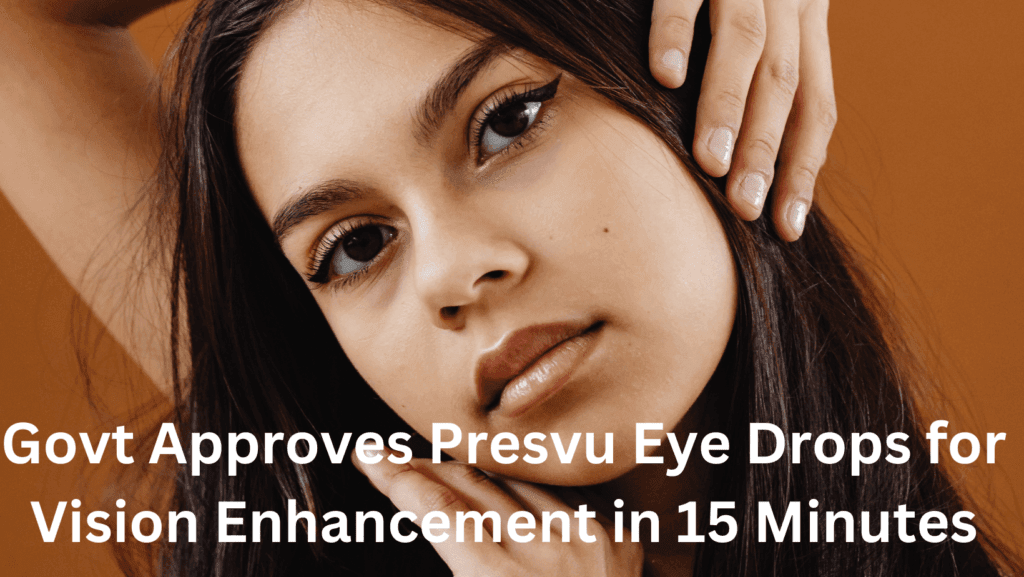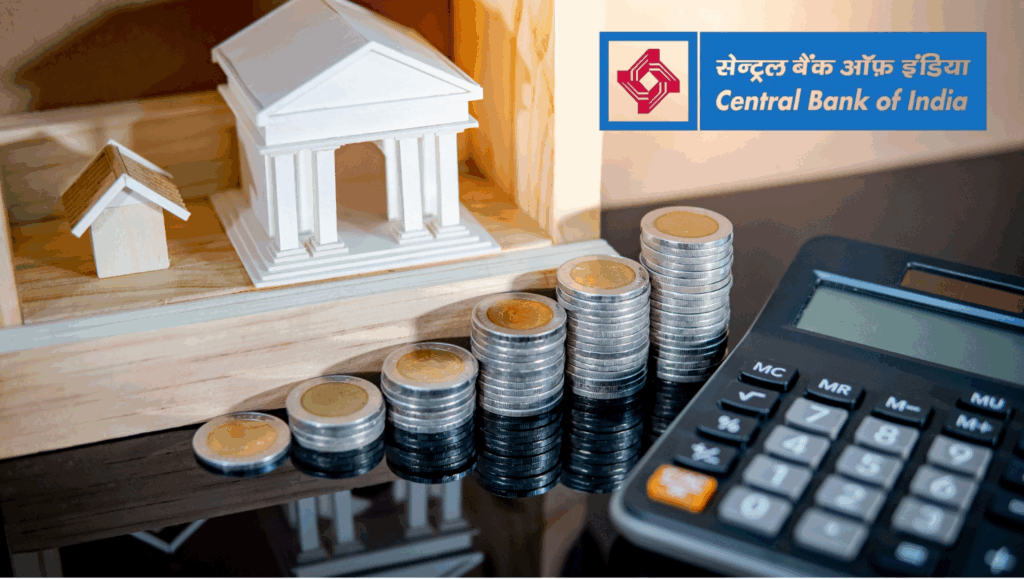
” Explore how social media trends impact your wallet and mental health. Learn about FOMO-driven spending, influencer marketing, and the role of algorithms. Discover strategies for mindful consumption and ethical trends. Stay informed and protect your finances and well-being in the digital age. “
Social media has become an integral part of our daily lives. Platforms like Instagram, TikTok, Facebook, and Twitter are not just tools for communication but have evolved into powerful influencers of consumer behavior and mental well-being. This blog post delves into the impact of social media trends on our spending habits and mental health, supported by the latest data and insights. We’ll also explore effective SEO keywords to help this content rank on Google.
The Allure of Social Media Trends
Social media trends are designed to capture our attention. Whether it’s the latest fashion craze, a viral fitness challenge, or a must-have gadget, these trends are often accompanied by persuasive marketing tactics that make them irresistible. According to a 2024 report by Statista, the global social media advertising market is projected to reach $207 billion by 2025, highlighting the immense power of these platforms in driving consumer behavior.
The Psychology Behind Social Media Influence
Understanding why we are so susceptible to social media trends requires a look into the psychology of social influence. The concept of FOMO (Fear of Missing Out) plays a significant role. A study published in the Journal of Social and Clinical Psychology found that individuals who experience higher levels of FOMO are more likely to engage in impulsive buying behaviors. Social media exacerbates this by creating a constant stream of content that makes us feel like we’re missing out if we don’t participate in the latest trend.
Moreover, social proof, a psychological phenomenon where people assume the actions of others in an attempt to reflect correct behavior, is another powerful driver. When we see influencers and peers endorsing a product or trend, we are more likely to follow suit. This is particularly evident in the rise of influencer marketing, where brands collaborate with social media personalities to promote their products. According to a 2024 survey by Influencer Marketing Hub, 63% of consumers trust influencers’ opinions about products more than brand advertisements.
The Financial Impact of Social Media Trends
While social media trends can be fun and engaging, they often come with a hefty price tag. The pressure to keep up with the latest trends can lead to impulsive spending, which can strain our finances. A 2023 survey by Credit Karma revealed that 40% of millennials and Gen Z have gone into debt to keep up with social media trends. This is particularly concerning given the rising cost of living and economic uncertainties.
The financial impact is not limited to individual consumers. Businesses are also feeling the pressure to stay relevant on social media, often investing significant resources in creating trend-driven content and campaigns. While this can lead to short-term gains, it can also result in financial instability if the trends fade quickly or if the investment does not yield the expected ret
The Influence of Social Media on Consumer Spending
Social media platforms have revolutionized the way we shop. From influencer endorsements to targeted ads, these platforms have created a seamless shopping experience that can be both convenient and impulsive.
- Aspirational Spending: Social media is a virtual playground where individuals showcase their lifestyles, achievements, and possessions. This constant exposure to curated content creates a desire for a similar lifestyle, fostering aspirational spending. Brands leverage this by aligning their products with popular trends, creating a sense of exclusivity and desirability.
- Peer Influence and Social Proof: The power of peer influence on social media cannot be overstated. Consumers often make purchasing decisions based on the recommendations and experiences of their peers. User-generated content, reviews, and testimonials shared on platforms like Facebook, Twitter, and YouTube contribute to the concept of social proof.
- Influencer Marketing: The rise of social media influencers has given birth to a new era of advertising. Influencers with large and engaged followings endorse products and services, effectively acting as modern-day brand ambassadors. This direct and personal connection fosters trust, influencing spending decisions.
- Targeted Advertising: Social media platforms employ sophisticated algorithms to analyze user behavior, preferences, and demographics. This data is then utilized to deliver highly targeted advertisements. Users are exposed to products and services tailored to their interests, creating a personalized shopping experience.
- FOMO (Fear of Missing Out) Culture: Social media platforms thrive on the concept of FOMO, where individuals fear missing out on the latest trends, experiences, or products. This fear drives impulsive buying decisions, often leading to unnecessary spending.
Statistics on Social Media and Consumer Spending
- Global Social Media Users: As of 2023, there are approximately 4.9 billion social media users worldwide, a number expected to reach 5.85 billion by 2027.
- Influencer Marketing: In 2023, businesses spent over $16 billion on influencer marketing, highlighting its significance in driving consumer behavior.
- Social Media Advertising: The social media advertising market was valued at $153 billion in 2023 and is projected to grow at a compound annual growth rate (CAGR) of 12.4% from 2023 to 2028.
- Impulse Buying: A survey found that 49% of consumers have made impulse purchases based on social media ads or influencer recommendations.
- Platform Usage: The average social media user engages with six to seven platforms monthly, indicating a broad exposure to various marketing messages.
The Impact on Mental Well-being
While social media can enhance connectivity and provide entertainment, it also has significant implications for mental health.
- Comparison and Self-Esteem: Social media often portrays an idealized version of reality, leading to comparisons that can negatively impact self-esteem. Seeing others’ seemingly perfect lives can create feelings of inadequacy and low self-worth.
- Anxiety and Depression: Excessive use of social media has been linked to increased levels of anxiety and depression. The constant need to stay updated and the pressure to maintain an online persona can be overwhelming.
- Addiction and Time Management: Social media addiction is a growing concern. The endless scroll of content can lead to significant time wastage, affecting productivity and overall well-being.
- Cyberbullying and Harassment: The anonymity provided by social media platforms can sometimes lead to negative behaviors such as cyberbullying and harassment, which can have severe psychological effects.
- Positive Aspects: On the flip side, social media can also provide support and a sense of community. Online groups and forums can offer emotional support and a platform to share experiences, which can be beneficial for mental health.
Statistics on Social Media and Mental Well-being
- Daily Usage: Teens spend an average of 4.8 hours daily on social media, with platforms like YouTube, TikTok, and Instagram accounting for 87% of their social media time.
- Mental Health Impact: 41% of teens with the highest social media use rate their overall mental health as poor or very poor, compared to 23% of those with the lowest use.
- Anxiety and Depression: Nearly 28% of teenagers have experienced depression related to social media use.
- Parental Monitoring: Strong parental relationships and monitoring significantly reduce the risk of mental health problems among teen social media users.
- Loneliness: 47% of American adults report feeling lonely, with social media usage being a contributing factor.
The Role of Algorithms in Shaping Trends
Social media platforms use sophisticated algorithms to curate content that is most likely to engage users. These algorithms prioritize content that generates high levels of interaction, such as likes, shares, and comments. As a result, trends that are visually appealing, emotionally charged, or controversial are more likely to go viral.
While this can create a sense of community and shared experience, it can also lead to the amplification of harmful trends. For example, the rise of dangerous challenges on platforms like TikTok has raised concerns about the role of algorithms in promoting risky behavior. A 2023 report by the Center for Countering Digital Hate found that social media algorithms are more likely to recommend harmful content to users who have previously engaged with similar content, creating a feedback loop that can be difficult to break.
The Ethical Considerations
The influence of social media trends raises important ethical questions about the responsibility of platforms, influencers, and brands. Should social media companies be held accountable for the financial and mental health impacts of the trends they promote? What role do influencers play in ensuring that the products and trends they endorse are ethical and sustainable?
These questions are particularly relevant in the context of the growing awareness of environmental and social issues. Consumers are increasingly demanding transparency and accountability from brands, and social media trends that promote fast fashion, single-use plastics, and other unsustainable practices are facing backlash. A 2023 survey by Nielsen found that 73% of global consumers are willing to change their consumption habits to reduce their environmental impact, highlighting the need for more responsible trend-setting on social media.
Strategies for Mindful Consumption
Given the pervasive influence of social media trends, it’s important to develop strategies for mindful consumption. Here are some tips to help you navigate the world of social media without emptying your wallet or compromising your mental health:
- Set a Budget: Before making a purchase based on a social media trend, take a moment to evaluate whether it fits within your budget. Consider the long-term value of the product and whether it aligns with your financial goals.
- Practice Digital Detox: Regularly taking breaks from social media can help reduce the pressure to keep up with trends and give you time to reflect on your true needs and desires.
- Curate Your Feed: Follow accounts that promote positive and meaningful content, and unfollow those that make you feel inadequate or pressured to spend money.
- Educate Yourself: Stay informed about the ethical and environmental implications of the products and trends you encounter on social media. Support brands that align with your values and prioritize sustainability.
- Seek Professional Help: If you find that social media is negatively impacting your mental health or financial well-being, consider seeking support from a mental health professional or financial advisor.
Social media trends have the power to shape our behavior in profound ways, influencing both our wallets and our minds. While these trends can be entertaining and even inspiring, they also come with significant financial and mental health risks. By understanding the psychology behind social media influence, being aware of the financial and ethical implications, and adopting strategies for mindful consumption, we can navigate the digital landscape in a way that enhances our well-being rather than detracting from it.
As we continue to engage with social media, it’s important to remember that we have the power to choose how we interact with these platforms. By making informed and intentional decisions, we can enjoy the benefits of social media without falling victim to its potential pitfalls.
-
The $68 Billion Rupee Trap: How Stablecoins Could Silently Hijack India’s Financial Freedom
A silent invasion is underway: while Indians traded $300B in crypto this year, a “stable” asset is quietly
-
Why Your Safe Salary is Actually the Most Dangerous Gamble of 2025
Is your ‘secure’ job silently controlling your life? Discover the hidden traps of EMIs, algorithmic bosses and learned
-
The ₹1 Crore Trap: Why High Earners Are the New “Poor” and How to Escape!
High income is step one—keeping wealth is the secret game almost no Indian professional is playing. Discover the




























